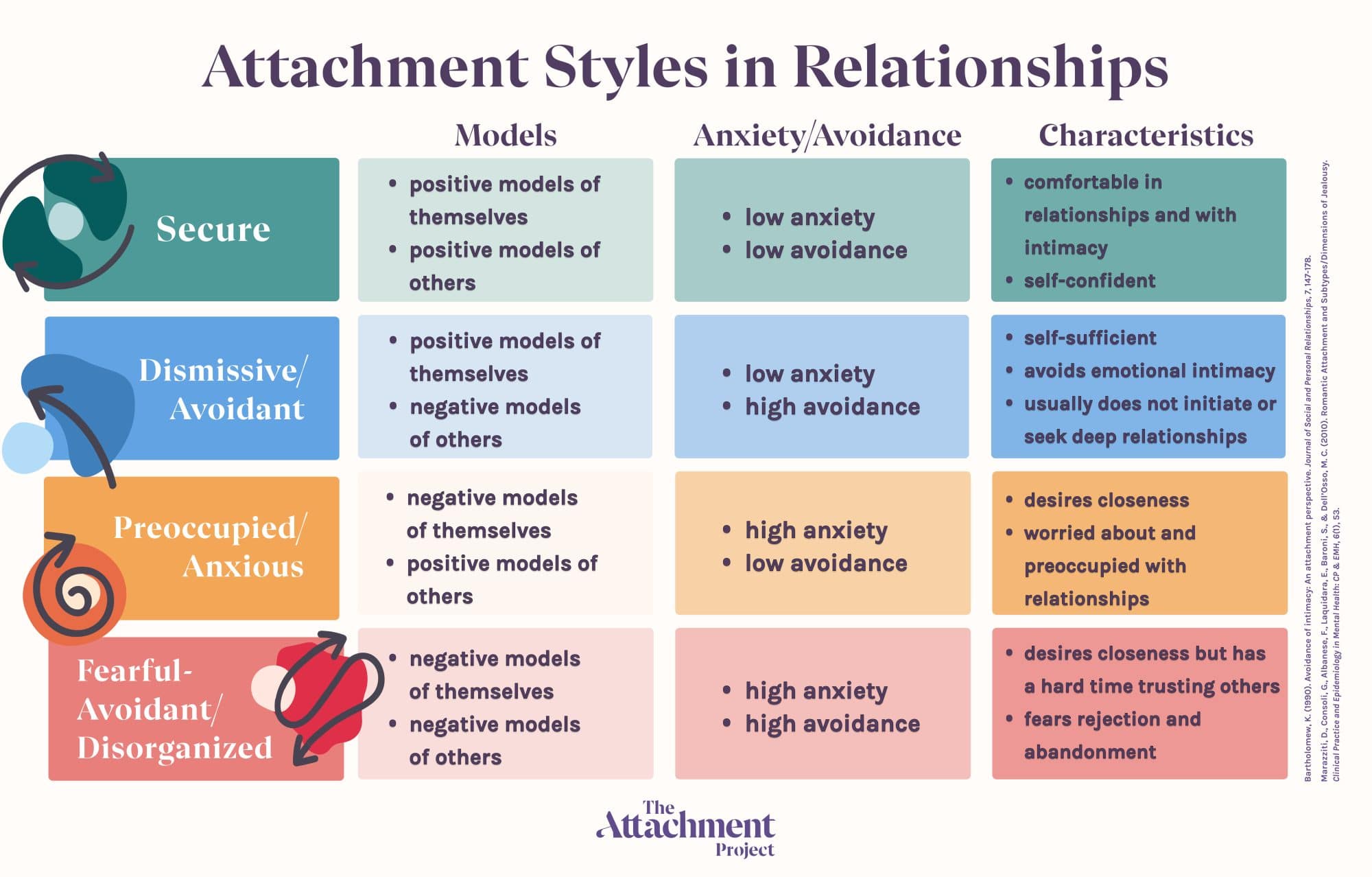The Role of Attachment in Healing from C-PTSD
This article delves into the profound influence of attachment styles on the development and treatment of Complex Post-Traumatic Stress Disorder (C-PTSD). By exploring attachment-focused interventions, it aims at illuminating pathways to healing and recovery for individuals navigating the complexities of trauma.
 |
| Attachment has a profound influence on the development and treatment C-PTSD (📷 yournothcounty) |
Attachment is a fundamental aspect of human experience, shaping our relationships and influencing our emotional well-being. In the context of trauma, such as in Complex Post-Traumatic Stress Disorder (C-PTSD), attachment styles play a significant role in both the onset of symptoms and the journey towards healing. Let's investigate the intricate interplay between attachment and C-PTSD, highlighting the importance of understanding and addressing attachment patterns in therapeutic interventions:
The Impact of Attachment on C-PTSD Development
Attachment theory posits that early relationships with caregivers shape our internal working models of self and others, influencing our beliefs about safety, trust, and intimacy. Individuals with insecure attachment styles, such as anxious or avoidant attachment, may be more vulnerable to the effects of trauma and more likely to develop C-PTSD symptoms. Moreover, disruptions in attachment bonds can exacerbate existing trauma, complicating the healing process.
 |
| (📷 printabletemplate) |
Attachment-Focused Interventions for C-PTSD Recovery
In recent years, attachment-focused interventions have emerged as promising approaches to treating C-PTSD. These interventions aim to repair and strengthen attachment bonds, providing individuals with the relational support necessary for healing. Techniques such as Emotionally Focused Therapy (EFT), Attachment-Based Family Therapy (ABFT), and Eye Movement Desensitization and Reprocessing (EMDR) incorporate attachment principles into therapeutic modalities, helping individuals develop more secure and adaptive ways of relating to themselves and others.
 |
| (📷 whatislove-2010) |
Cultivating Secure Attachments in C-PTSD Treatment
Central to attachment-focused interventions is the cultivation of secure attachment bonds between individuals and their therapists or support networks. Through empathic attunement, validation, and unconditional positive regard, therapists create a safe space for individuals to explore and process their traumatic experiences. By fostering a sense of security and trust, these interventions provide the foundation for healing and resilience in the face of trauma.
 |
| Central to attachment-focused interventions is the cultivation of secure attachment bonds (📷 esheninger) |
Attachment plays a vital role in shaping our responses to trauma and guiding our paths to healing. By understanding the impact of attachment styles on C-PTSD development and treatment, we can tailor interventions to address individuals' unique relational needs. Through attachment-focused approaches, we can cultivate secure bonds and empower individuals to rewrite their narratives, reclaim agency, and build resilience in the aftermath of trauma. And always remember, if you or someone you know is struggling or in crisis, help is available.
⭐⭐⭐


